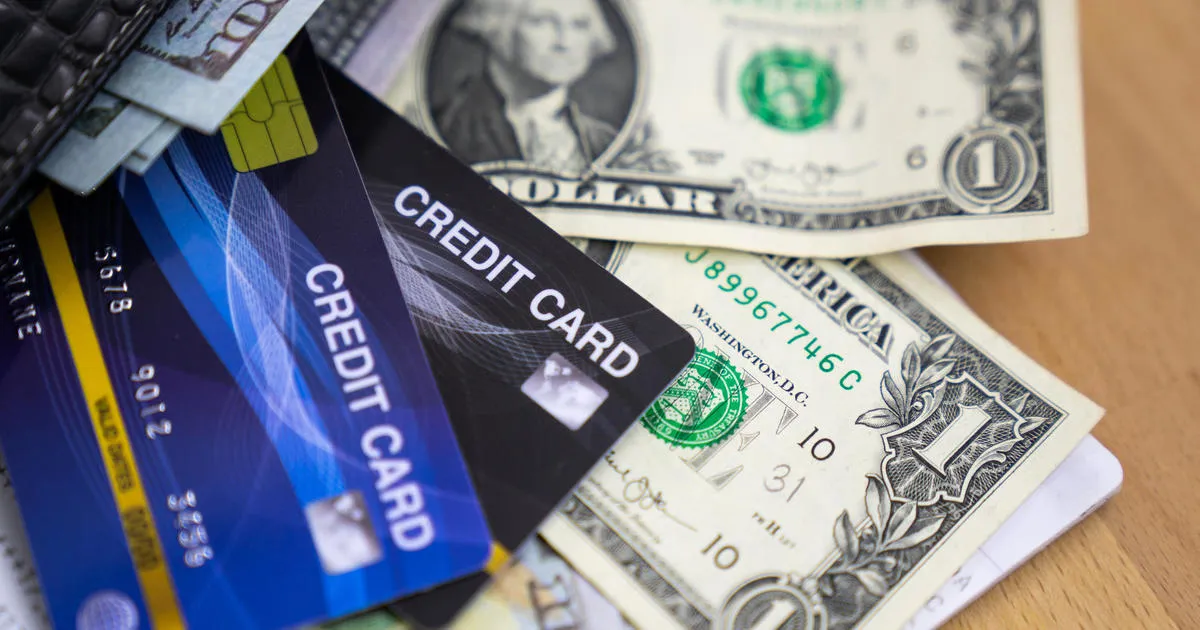Interest Rates and Credit Card Debt: The Potential Impact of a Federal Reserve Rate Cut

Thanks to the double-whammy of inflation and higher interest rates, Americans have amassed a $1.1 trillion mountain of credit card debt. Borrowers who are carrying balances may soon get some modest relief if, as widely expected, the Federal Reserve on Wednesday moves to lower interest rates for the time since 2020. On September 18, the central bank is expected to reduce its benchmark rate, which stands at its highest point in 23 years. Although economists agree that the Fed will reduce rates this week, experts are mixed on whether the Fed will kick off a cycle of monetary easing with a 0.25 percentage point cut or a larger 0.5 percentage point reduction designed to guard against recession risks. Millions of consumers have racked up credit card debt in recent years, as more families have relied on plastic to pay for household expenses amid price increases for everything from groceries to rent.
While inflation has now cooled to below 3% on an annual basis, people who are carrying credit card balances are getting socked by historically high annual percentage rates, which make it harder to dig out from debt. The average APR on a new credit card offer now stands at 24.92%, the highest since LendingTree began tracking new rates in 2019. About 4 in 10 Americans carry a credit card balance, with the average balance around $6,900.
Because credit card rates generally track the federal funds rate, a Fed cut will eventually trickle down and could result in lower APRs for people who carry balances. But borrowers should keep their expectations in check because a 0.25 or 0.5 percentage point cut won’t make that much of an immediate difference.
This article was prepared using information from open sources in accordance with the principles of Ethical Policy. The editorial team is not responsible for absolute accuracy, as it relies on data from the sources referenced.